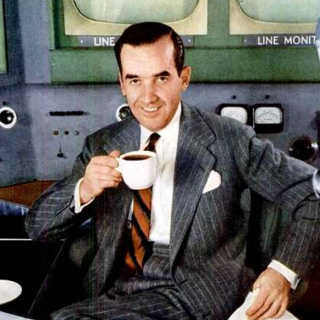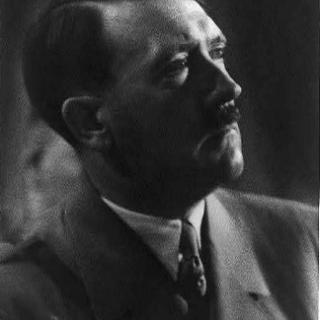Advertisement
Ohio’s medical marijuana law and program are not perfect and there have been complaints – prices are too high, the state-mandated THC levels are too low, you can’t grow your own medicine, and the complaint heard most often, it’s illegal in Ohio to smoke your own medicine.
Nevertheless, the program has helped tens of thousands cope with AIDS, cancer and Parkinsons, among others, and also arthritis and chronic migraines, two new qualifying medical conditions.
The latest numbers provided by the state show just over 200,000 registered patients, with over 800 having a terminal diagnosis, 14,000 being veterans and 15,000 indigent status or not having the means to purchase their medicine.
The program has saved lives, in ways many may not believe is possible, but believe it.
“The program has saved my life as I’m a recovering heroin addict,” says 30-something Anthony Ballein, a single father who lives near Cincinnati. “I am happy with the program overall as it has helped me to stay sober.”
Battling heroin addiction is not a qualifying condition under the Ohio law, but it should be because there’s plenty of precedent for Ballein’s recovery aided by medical marijuana. Researchers found that opiate-related deaths decreased 33 percent in 13 states in the following six years after medical marijuana was legalized.
What Ohio medical marijuana patients can be confident in about the program is that one of the state’s first approved growers or cultivators – Buckeye Relief of Eastlake near Cleveland – is continuously seeking to improve their medicine. As they should, considering one of Buckeye Relief’s founders, Andy Rayburn, is also an Ohio medical marijuana patient.
“Our cultivation is run by scientists with a background in plant health and plant growth, and our facility is engineered top-to-bottom for growing happy and healthy medical marijuana plants,” says Buckeye Relief spokesperson Leslie Brandon. “We have four years under us, and four years of intense data collection. Running experiments on what the plants like in our facility. We are continuing to collect data and run experiments. This is a never-ending journey for improvement in our facility.”
Buckeye Relief is founded on principles of education, patient focus, and employee focus, she adds.
“A lot of our staff are patients,” says Brandon. “We wouldn’t put anything on the market that we wouldn’t want to use ourselves. This is something the founders really care about. Making an environment where people want to come to work. No experience necessary. Training on the job. The only requirement is to have enthusiasm for the medicine. We are all about the medicine.”
Since House Bill 523 legalized medical marijuana in 2016 the number of certified cultivators in Ohio has grown to 27, with Green Investment Partners, LLC, being the only certified grower in Columbus. CannaMed of Columbus has received a provisional license, which can be described as a learner’s permit.
When Buckeye Relief applied for its cultivator license at the onset of the program it scored 179.28 out of 200 possible points.
“We got the top score of any application in the state,” says Brandon. “We were the first the company to harvest. Stand up our building. Plant seeds and deliver to dispensaries. And we try to keep setting that standard.”
The Free Press has a history of supporting medical marijuana legalization and acknowledging its importance to so many people in the state. The issues facing the program are mostly due to the policy. No surprise is how the state of Ohio has spilt the bong water. Listening to the concerns of patients and growers – those most closely linked to the program – is perhaps best the medicine for the state.
“The choice to smoke should be ours to make without fear of losing our card,” said Ballein.



